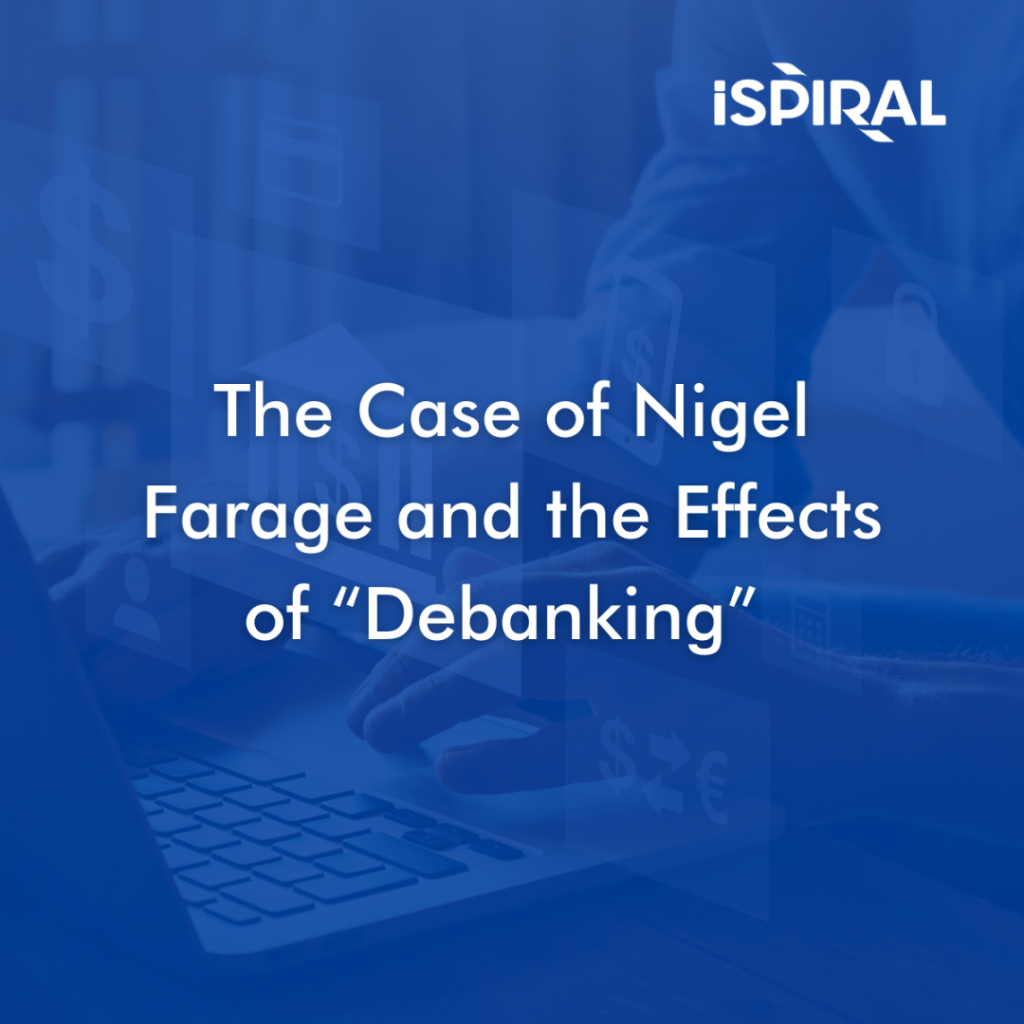1. The continuing rise of technology
1. The continuing rise of technology – There is still a long way to go here, as companies slowly adapt, and often-conservative businesses change the way they do things. I expect to see more companies moving to Cloud technologies for tasks such as security analytics, KYC verifications, consumer payments and credit scoring. This expansion will be accompanied by a boom in cybersecurity.
2. Automation of AML – Too much information. This is the single issue that lies in the root of compliance, making all AML measures only partially effective. While technology has made it easy to access huge data volumes, it still can’t process it quickly or effectively enough. The problem of speed and accuracy impacts everyone in the chain – regulators, compliance companies, financial institutions and their end customers. While speed is necessary for customer onboarding and for detecting and reporting risk, it also leads to countless false positives that are impossible to check accurately, meaning criminals slip through the net. Poor compliance checks also mean lost customers and business.AML automation is the only way to improve risk management and reduce false positives, so it’s a critical imperative for all businesses in the sector. Firms are looking to become “intelligent” in AML – able to process big data, in real time if necessary; build predictive modelling to assess the future risk of their customers; and even use machine learning (ML) to massively speed up human subject-matter expertise. Regulators, too, are looking to artificial intelligence and machine-based learning (ML) for help with supervision, analytics, reporting, and to build money-laundering scenarios that catch crime quickly or prevent it altogether.
3. Transaction monitoring – Along with AML procedures, I expect to see regulators insist on faster methods for detecting suspicious behaviour, specifically in the field of transaction monitoring. Smart technology will be the key here. Businesses will need to be able to set their risk radius and work with tools that reduce false positives, including ML that understands customer behaviour and can detect, analyse and escalate suspicious acts. As well as helping financial institutions build trust, this will also position them as technology leaders. It will also help regulators achieve a long-desired goal of being able to stop money laundering before funds end up in criminal hands. After having seen cases on the scale of Danske Bank or Credit Suisse, where illicit funds were transferred secretly for years, authorities have realised that their reach is not wide enough. I expect more focus on unregulated areas like cryptocurrencies, and even more complex sanctions and regulatory regimes.
4. Cryptocurrency regulations – Although there is international consensus that cryptocurrencies should not be overregulated, in order to avoid stifling their development, regulators having already noted their alarming potential to facilitate criminal activity. Some countries have already taken steps. In the US there are already requirements on the issuance, sale, and/or exchange of crypto assets imposed by the SEC, CFTC, IRS and FinCen. And more are expected in 2019, with the Financial Action Task Force (FATF) expected to release regulatory recommendations for crypto in June. Most exchanges are seen to operate in a professional manner and potential regulations may therefore make little change. However, smaller players will need to enforce AML and CTF procedures. No matter how strict the regulations turn out to be, one thing is certain – most regulators will probably take a generalist approach, creating a difficult and potentially expensive compliance process for institutions that do not fit the mould. 5.
Beneficial ownership – I expect to see an increase in the rigour of current regulations, especially in relation to transparency. The financial industry and global leaders have already stressed that a lack of information is the number one factor limiting crisis management and prevention. After G20 members made it clear this year that transparency is a priority, a number of governments, regulators and organisations have set out to make transparent beneficial ownership a goal and a standard for businesses worldwide. Efforts have already been made by a number of organisations: the BIS, ECB, OECD, UN, WB, FATF and the FSB. SWIFT has also launched a global KYC registry covering 2,500 institutions that use the SWIFT network in over 200 countries. We expect to see the fruits of ultimate beneficial owner (UBO) initiatives in various countries over the upcoming two years, including the UK creating public registries of beneficial owners in its overseas territories, and the EU making company registries publicly accessible.
6. Information sharing beyond big banks – FATF has asked governments and private firms to work together in the fight against money laundering and terrorist financing. Both sides are experiencing the same problems, in particular around information: its quality, quantity, transparency and the ability for it to be processed adequately. While it may take time for the trend towards information-sharing to take hold, we have already seen the first steps, for example with the FinCEN Exchange in the US aiming to enhance public-private information. In the words of Sigal P. Mandelker, US Under Secretary of the Treasury for Terrorism and Financial Intelligence, “FinCEN Exchange will bring together law enforcement, FinCEN, and different types of financial institutions from across the country to share information that can help identify vulnerabilities and disrupt terrorist financing, proliferation financing and other financial crimes.” A similar initiative is the Joint Money Laundering Intelligence Taskforce in the UK and we are hoping to see more similar steps in the upcoming year. Source: https://www.acurisriskintelligence.com/six-aml-trends-2019 – Nick Parfitt, Head of Market Planning, Acuris Risk Intelligence



